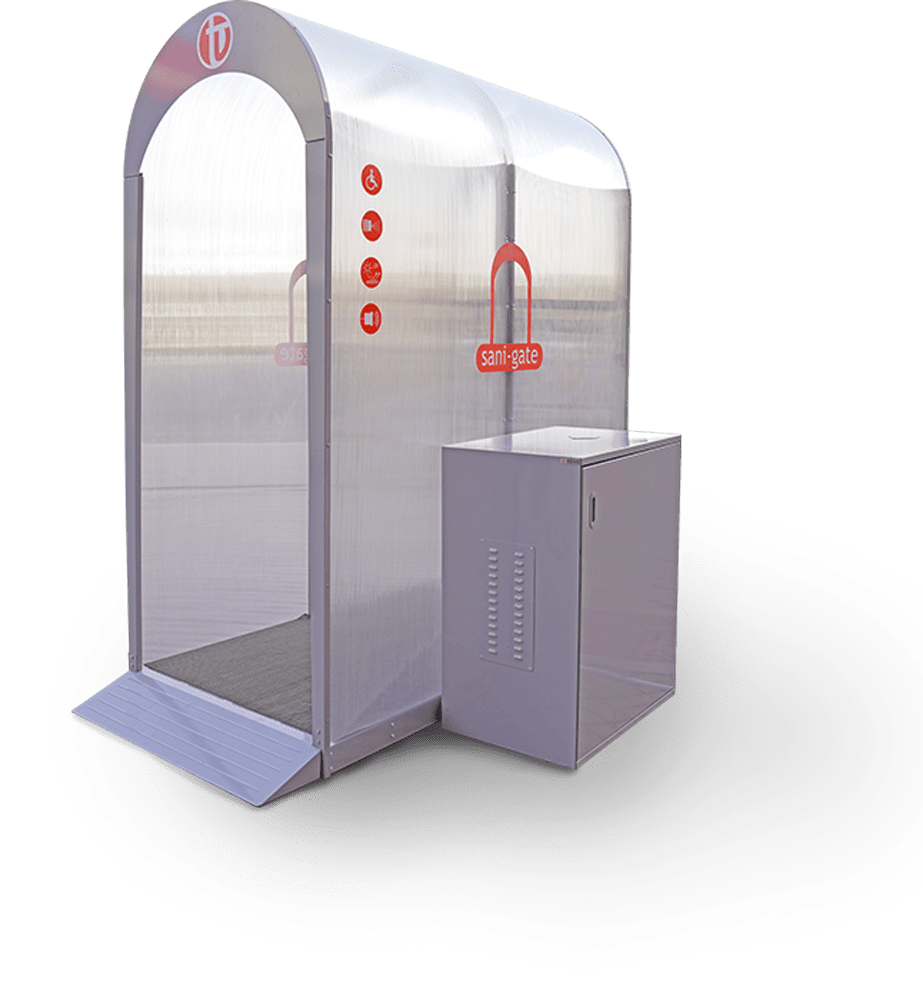Sanitation tunnels have become a popular way to protect against viruses, especially since the COVID-19 pandemic. These tunnels, also known as disinfection or sanitization tunnels, are enclosed structures that spray a mist of disinfectant solution over people and objects passing through them.
But how exactly do sanitation tunnels protect us against viruses? Let’s take a closer look
Understanding sanitation tunnels:
Sanitation tunnel Dubai, also known as disinfection or sanitization tunnels, is enclosed structures equipped with spray nozzles that dispense disinfectant solutions. These tunnels are designed to decontaminate individuals and objects passing through them, effectively reducing the risk of infection transmission. Typically installed at entry points of public spaces, workplaces, healthcare facilities, and transportation hubs, sanitation tunnels serve as an additional layer of defense against infectious agents.
Mechanism of action:
The efficacy of sanitation tunnels lies in their ability to deliver a targeted and uniform distribution of disinfectants. As individuals walk through the tunnel, they are enveloped in a fine mist of sanitizing solution, which penetrates clothing and reaches exposed skin surfaces. This process helps to neutralize viruses, bacteria, and other pathogens that may be present on the body or personal belongings. Additionally, some sanitation tunnels are equipped with sensors or timers to regulate the duration of exposure, ensuring optimal disinfection without causing harm.
Key considerations for effective implementation:
While sanitation tunnels offer benefits in combating disease transmission, several factors must be considered to ensure their safe and efficient use:
Selection of disinfectants: The choice of disinfectant solution is critical to achieving desired outcomes while minimizing adverse effects. Environmentally friendly and biodegradable disinfectants are preferable to harsh chemicals that may pose risks to human health and the environment.
Proper maintenance: Regular inspection and maintenance of sanitation tunnels are essential to uphold their functionality and safety. This includes monitoring fluid levels, checking spray nozzles for clogs, and cleaning the interior surfaces to prevent bacterial buildup.
Compliance with regulations: Adherence to regulatory standards and guidelines is imperative to guarantee the efficacy and safety of sanitation tunnel operations. Compliance ensures that disinfectant concentrations, exposure times, and operating procedures align with established protocols.
Integration with other measures: Sanitation tunnels should be viewed as complementary to, rather than a substitute for, existing hygiene practices and infection control measures. Regular handwashing, physical distancing, and wearing of personal protective equipment remain fundamental strategies in preventing disease transmission.



